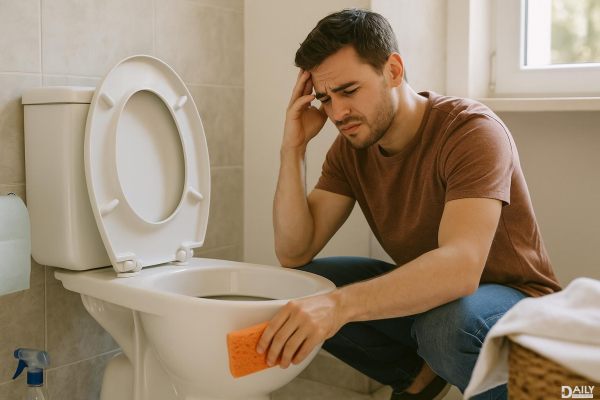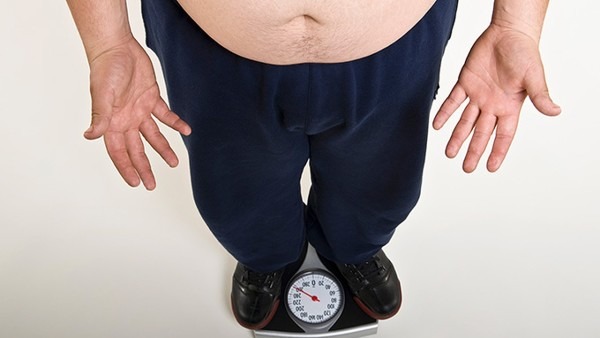If anxiety keeps you tossing and turning, counting sheep isn’t going to cut it—but counting breaths just might. The 4-7-8 breathing technique is a simple, drug-free way to hack your nervous system into chill mode, making it easier to drift off without relying on sleep aids. Developed by Dr. Andrew Weil, this method acts like a natural sedative, slowing your heart rate and signaling your brain that it’s time to wind down. Best part? You can do it in bed, no fancy equipment or meditation experience required.
The Science Behind the Snooze Button Hack
When anxiety hijacks your brain, your body gets stuck in fight-or-flight mode—think racing heart, shallow breathing, and a mind that won’t quit replaying that awkward thing you said in 2012. The 4-7-8 technique works by overriding that stress response. Holding your breath (hello, 7-second pause!) increases carbon dioxide in your bloodstream, which dilates blood vessels and triggers your parasympathetic nervous system—the part that handles "rest and digest." Meanwhile, the extended exhale (that’s the 8-second finale) mimics the way your breath naturally slows during deep sleep, tricking your body into thinking it’s already there. Studies show rhythmic breathing can lower cortisol levels by up to 50% faster than passive relaxation, making this a legit shortcut to sleepytown.
How to Do It Without Feeling Like a Yoga Class Dropout
No need to twist into a pretzel or chant—here’s the down-and-dirty version:
1、Place the tip of your tongue against the ridge behind your upper teeth (this helps create a gentle "whoosh" sound on exhales).
2、Empty your lungs completely with a big exhale.
3、Inhale quietly through your nose for 4 seconds.
4、Hold that breath for 7 seconds.
5、Exhale forcefully through your mouth for 8 seconds, making that "whoosh" noise.
6、Repeat 3-4 times max your first few tries—overdoing it can make you dizzy. Pro tip: If holding for 7 seconds feels like a marathon, shorten the counts but keep the ratio (e.g., 4-5-6).
Consistency matters more than perfection.
Why This Beats Counting Sheep (or Ambien)
Unlike sleep meds that can leave you groggy or addicted, 4-7-8 has zero side effects—unless you count accidentally falling asleep during your third round. It’s also portable: Use it before a stressful work meeting or when your neighbor’s dog won’t stop barking at 2 a.m. Research from Harvard Medical School found that controlled breathing exercises improve sleep onset latency (that’s science-speak for "how fast you conk out") by up to 20 minutes compared to placebo. Bonus: With regular practice, your body starts associating the technique with sleep, turning it into a Pavlovian bedtime cue.
Pro Tips From Chronic Insomniacs Who Cracked the Code
- Pair it with progressive muscle relaxation: After your last 4-7-8 cycle, tense and release each muscle group from toes to forehead.
Bottom line? Your breath is the remote control for your nervous system—you’ve just been using it wrong. The 4-7-8 method won’t solve existential dread or your boss’s 7 a.m. emails, but it can hack your biology to make sleep less of a battle. And hey, if all else fails, there’s always the classic "pretend you’re a limp noodle" strategy.
























